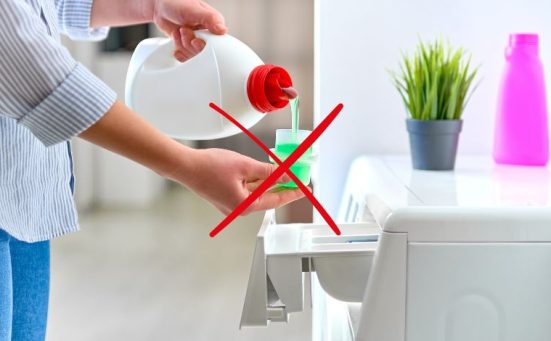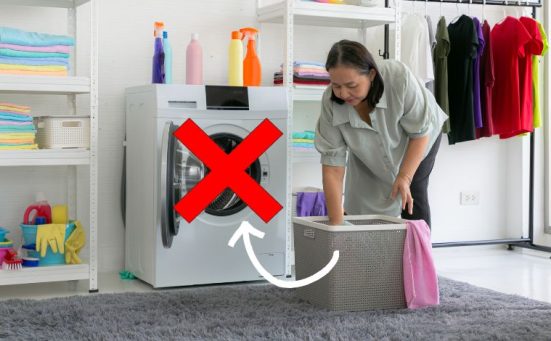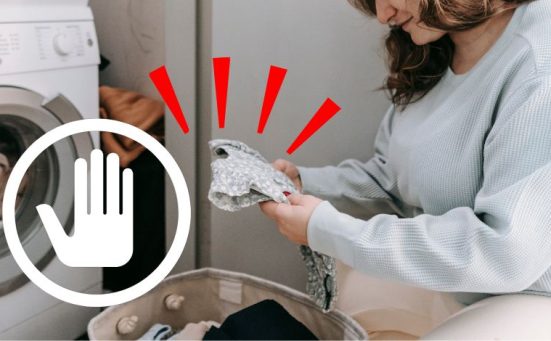
Washing Machine Doesn’t Drain After You’ve Moved It? (here’s why)
If your washing machine won’t drain it will cause all sorts of problems. If you own a modern washer, it’s likely to abort the cycle as soon as the sensors pick up on it not draining.
For those of you that own older machines, you’re likely to experience leaks from the washer and the strong possibility of flooding your home. A washer that won’t drain is bad at any time, but it becomes even more complicated if it happens straight after having moved the appliance.
Keep reading to find out more on this subject including what is likely to have caused it and more importantly, how to solve it and get your washer working properly again.
Why Won’t The Washing Machine Drain?
There are several reasons why a washing machine fails to drain under normal conditions which include;
| Probable Cause | Solution |
|---|---|
| Clogged Filter | Remove and clean the filter |
| Blocked Drain Hose | Inspect and remove any blockages from the drain hose |
| Blocked Or Defective Drain Pump | Inspect the drain pump and remove any obstructions or replace the pump if it proves to be faulty |
| Drain Pipe Issues | Inspect and fix any issues with the drain pipe |
| Too Many Soap Suds | Only use the recommended amount of detergent and the correct type of detergent for your machine |
| Defective Door Switch | Inspect and replace the door switch if it proves to be faulty |
| Defective Pressure Switch | Inspect and clean or replace the pressure switch if necessary |
Let’s take a closer look at each of these issues;
Clogged Filter
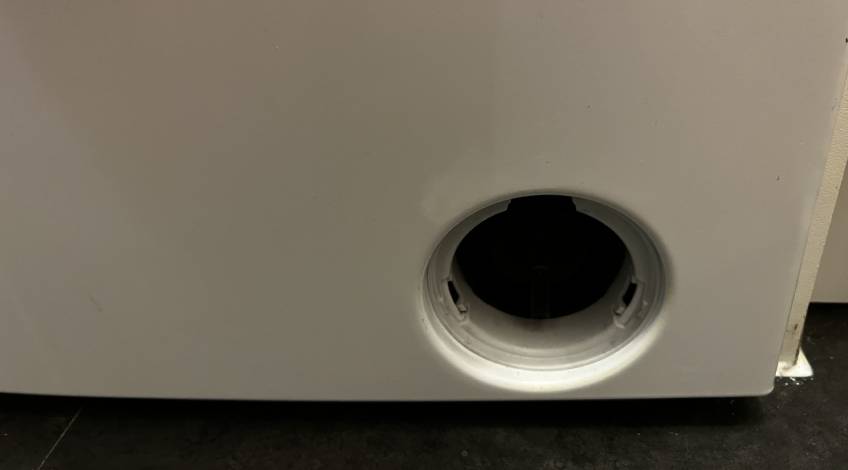
The drain filter on your washing machine is designed to trap any debris that comes off the laundry during the washing and rinsing process to protect the drain pump. If the filter becomes clogged, it will prevent any wastewater from leaving the washer.
If you have recently moved your washing machine, it’s likely that something has been loosened inside the appliance and has been trapped in the filter and this will need to be removed.
Consult your user manual for the location of the filter on your washer. They are usually found on the front of the appliance at the bottom. You will need to remove the filter in order to clean it.
Take care though, because there will be lots of water inside the filter cavity that is likely to gush out as soon as you unscrew the filter. You should place a shallow container directly in front of the filter and spread a few absorbent towels around the floor to catch any water.
Then slowly unscrew the filter just enough to allow water to flow out. Once the container is full, close the filter and empty the container. This process will need to be repeated until all of the water is removed.
Once you’re sure the water has all gone, remove the filter and wash it under a fast running tap. Any stubborn debris can be removed using a soft bristled brush like a toothbrush.
Once the filter is all clean, replace it into its housing and screw it in to make sure it makes a watertight seal.
Blocked Drain Hose
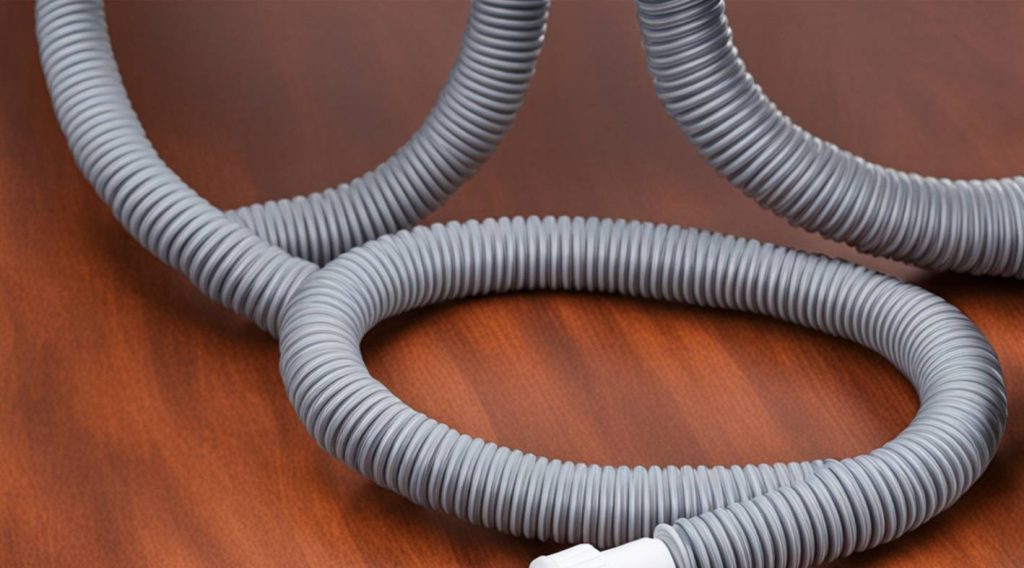
If you have recently moved your washing machine, there’s a good chance that you have twisted or kinked the drain hose when pushing the washer back into position. If this is the case, it’s easy to solve. All you need to do is inspect the drain hose and straighten any twists or kinks in the pipe.
If there are no twists or kinks in the hose, it could be the drain hose is clogged. You will need to remove whatever is clogging the hose which can be done using a plumber’s snake.
This will remove any fluff, detergent buildup or other debris which should then allow the washer to drain as normal again.
Blocked Or Defective Drain Pump
If there was no blockage in the drain hose or filter, the problem could be caused by a blockage in the drain pump or the drain pump might have developed a fault.
It is possible that a wire has become disconnected from the drain pump and it’s not working because it’s not getting any power. If you’re a confident and competent DIYer you can investigate the drain pump yourself.
However, it does involve dismantling parts of the appliance, which might be a step too far for most people. If this is the case, I recommend getting a technician to investigate this for you.
Drain Pipe Issues
If you have moved to a new home and the washing machine drain hose is connected under the sink to the sink waste, the blanking piece might not have been removed. This is quite common, as the old residents moved out, they disconnected their washing machine and put a blanking piece inside the spigot to prevent any water from leaking when the sink is used.
This is a simple fix, all you need to do is unscrew the spigot and remove the small rubber or plastic blanking cap. Then reconnect the spigot and reconnect your washer’s drain hose.
The wastewater from your appliance can now flow freely.
Too Many Soap Suds
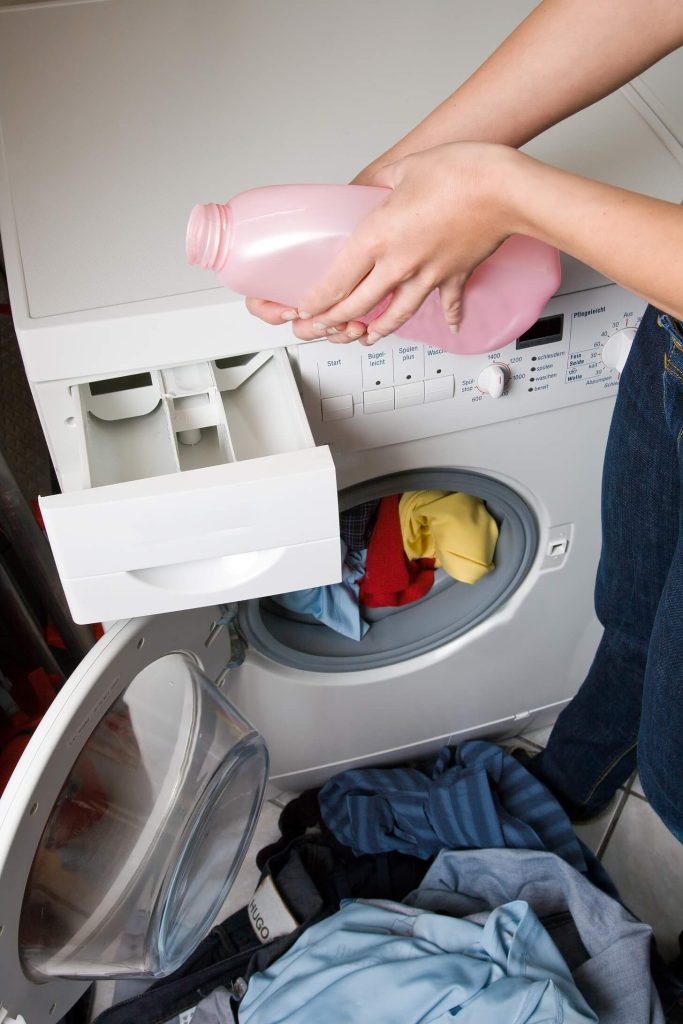
Using too much or the wrong type of detergent in your washer can cause it to not drain. Over time, the detergent residue can buildup and cause a blockage which prevents the washer from draining properly.
You can deal with this using a plumber’s snake to remove the blockage and sticking to the correct type and quantity of detergent in the future will prevent this from becoming a problem again.
Defective Door Switch
Modern washing machines have an array of safety features like sensors that tell the control board when it’s safe to perform certain functions. If the door switch develops a fault, the washer might fill with water and agitate as usual, but it won’t progress onto the spin and drain cycle.
You can check the door switch for continuity using a multimeter or you can get a technician to check it for you. If it fails the continuity test, it will need to be replaced.
Defective Pressure Switch
The pressure switch is connected to the drum via a chamber and a thin tube. As the water flows into the drum, the air pressure in the chamber and the tube changes.
Once it gets to a certain point, it triggers the switch which sends a message to the control board to stop the flow of water. There are a few points which can cause the pressure switch to fail.
Firstly, the chamber which is connected to the drum can become clogged with detergent residue which can alter the flow of air through the tube. Secondly, the tube can become clogged, and thirdly, the switch itself can develop a fault.
You will need to inspect the chamber, tube and pressure switch and clean the chamber and tube or replace the pressure switch if necessary.
As accessing the pressure switch involves dismantling parts of the washer, I recommend contacting a technician to investigate and replace the pressure switch if it proves to be faulty.
What Are The Most Common Causes Of A Washing Machine That’s Recently Been Moved Failing To Drain?
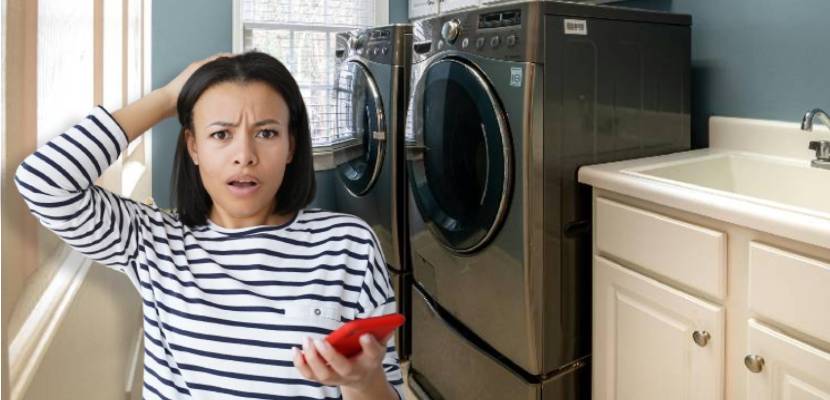
I have listed all of the possible reasons why your recently moved washer might have stopped draining. These are all relatively common faults for any washing machine.
But if you’ve recently moved your washer to a new home or have repositioned it, we might be able to pinpoint the problem more accurately.
If You Have Just Moved To A New Home With Your Washing Machine
If you have just moved into a new home and brought your washing machine with you and it won’t drain, it’s most likely because;
- There is a blanking piece on the spigot under the sink
- Something has become dislodged inside the washer during transit and has blocked the drain pump
- The pump has become disconnected from an electrical connector
If You Have Moved The Washer For Cleaning Purposes
If you have moved your washing machine so that you could give the floor etc a good clean and on replacing it you have found that it won’t drain, it’s probably because;
- You have caused the drain hose to have become twisted or kinked
SEE ALSO: How To Fix A Clogged Washing Machine Drain Pipe (easy way)
Frequently Asked Questions
If your washing machine has suddenly stopped draining it could be due to a number of things which include; the filter is clogged, the drain hose is twisted, kinked or blocked, the drain pump is blocked or defective, there is a problem with the drainpipe in your home, the door switch is defective or the pressure switch is defective.
Using too much detergent in your washing machine can cause the residue to build up and eventually cause a blockage. This could be in the filter, drain hose or drain pump. This blockage will prevent your washer from draining.
If your washing machine won’t drain since you moved it for cleaning, it is safe to assume that you have accidentally twisted or kinked the drain hose when you put the washer back into position. This is causing the drain hose to be blocked. Try straightening the drain hose.
Also, follow us on Pinterest ...

